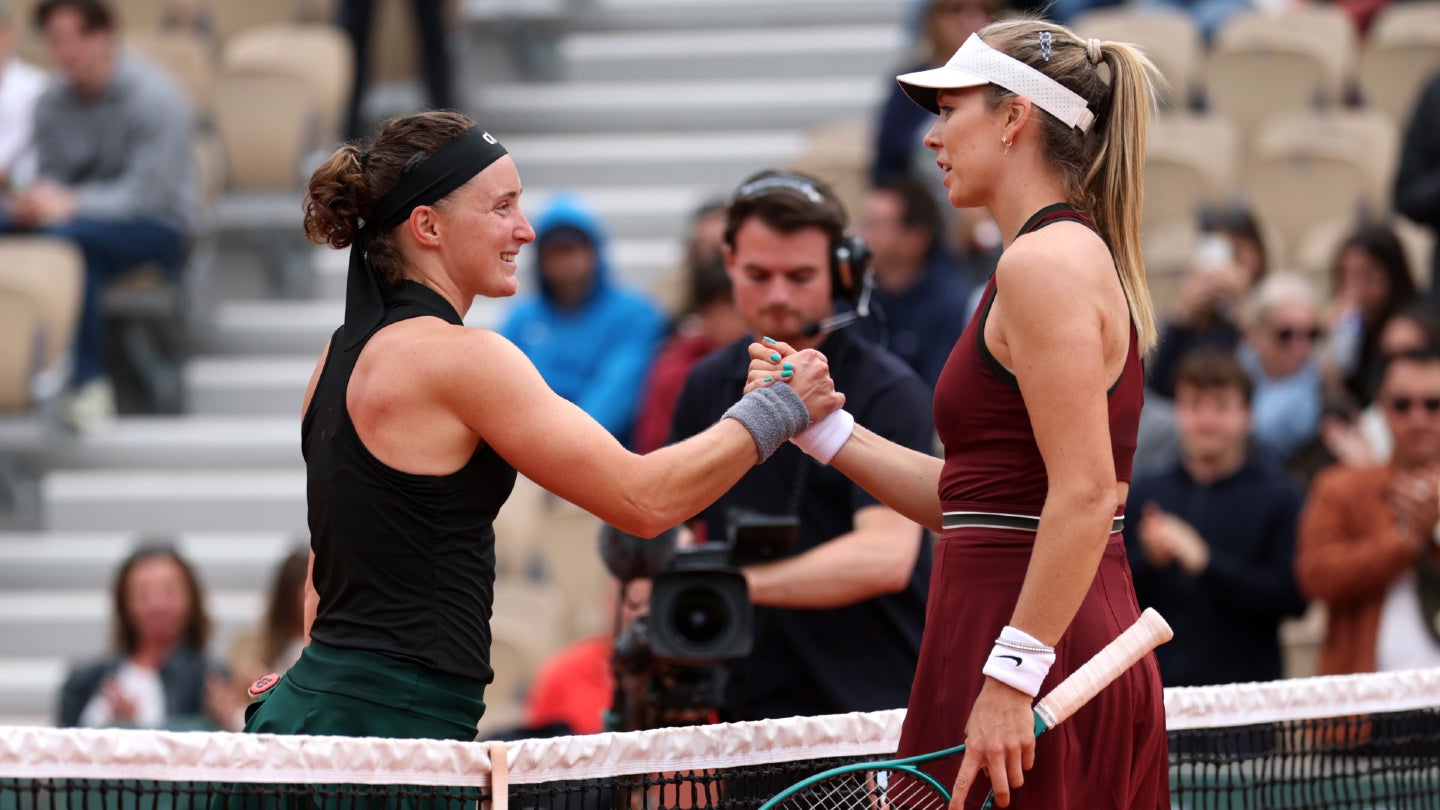
The growing issue of sportspeople being sent abuse via social media cannot be solved by a single entity and instead requires a multipronged approach, according to an industry expert.
Appearing on an episode of GlobalData’s Instant Insights podcast, Jonathan Sebire, co-founder of data science company Signify, said: “There is often a little bit of a blame game and a little bit of finger pointing in terms of, ‘Well, this should be done by regulation. This should be done by the platforms. This should be done by the gambling industry if abuse is being triggered by angry gamblers.’

Discover B2B Marketing That Performs
Combine business intelligence and editorial excellence to reach engaged professionals across 36 leading media platforms.
“The reality is that there is no one single party who can actually solve this or is going to solve it.”
Sebire was speaking following the revelation by British tennis player Katie Boulter that she and her family had received abuse and threats during her matches at this year’s French Open. He noted that Signify too sees death threats, threats to family, and threat to loved ones directed toward sportspeople as part of its own monitoring and added that homophobic abuse and fixation threats – those where individuals become obsessed with sportspeople – are also prevalent.
“We deal a lot with situations that develop into stalkers, into people harassing people in the long term, and a lot of that content initially is not problematic in and of itself, so how you detect it, what you're looking for, and the kind of behaviour patterns that you're looking for as to when that does actually become a risk when you have to have an intervention is something that we deal with a lot,” he said. “There are variations by gender in terms of what kind of abuse is targeted. There are variations by sport.”

US Tariffs are shifting - will you react or anticipate?
Don’t let policy changes catch you off guard. Stay proactive with real-time data and expert analysis.
By GlobalDataBy way of example, Sebire pointed to differences within soccer itself, with female players typically targeted directly and male players often targeted with threats to their loved ones through a perception of that being how they are most vulnerable. He added that deepfakes – fake videos and imagery of sportspeople passed off as genuine – are becoming an increasing issue. In terms of what motivates individuals to send abuse or threats, Sebire noted that gambling plays a major part.
“You see some people reacting to having lost money, but you also now see – we have data looking at – people who are trying to influence outcomes,” he explained. “So, people who are targeting people prior to performance, in order to kind of have some impact on the way that a particular match or fixture is going to go.”
Notably, Sebire is of the opinion that, while they have a major role to play in tackling abuse, social media platforms are not nearly as solely responsible as is typically portrayed.
“There's no one party that can actually deal with it alone,” he said. “So, you need to think about how who you work with and how they can help you deal with this across the whole gamut of the things you have to consider.”
Among the solutions he suggests are working with social media platforms to improve reporting mechanisms and content moderation, educating athletes and sports personnel about the risks of online abuse, implementing fan engagement and education programs, putting in place measures to help athletes and sports personnel deal with the impact of abuse, developing ways to address AI-generated fake content and collaborating with the gambling industry to identify and take action against individuals who are using online abuse to influence sports outcomes or target athletes.





